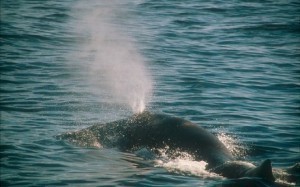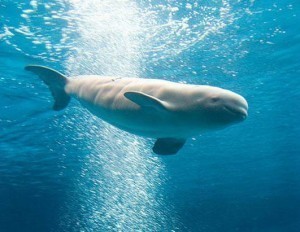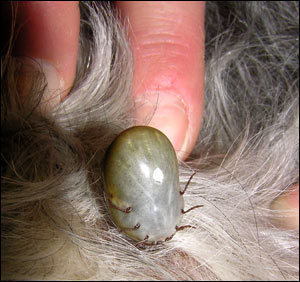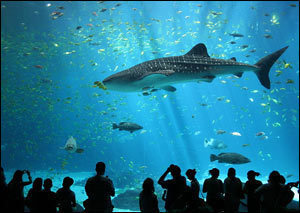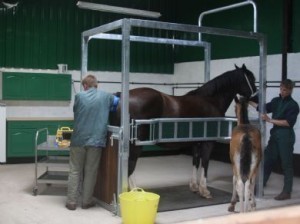What Is the Smallest Dinosaur
When we hear “dinosaur,” we usually think of these terrifying, gigantic beasts that walked the Earth millions of years ago. But the truth is that dinosaurs actually came in a variety of sizes. In fact, the smallest among them were roughly the same size as a pigeon! Two such creatures were Anchiornis and Epidexipteryx, both of which have a total skeletal length measuring less than 1.1 feet (35 centimeters).
At present, Anchiornis is considered as the smallest dinosaur known to have existed, with an approximate weight of 110 grams. Its fossils were discovered Liaoning, China’s Tiaojishan Formation and said to date back 155 to 160 million years in the past, during the mid-late Jurassic period, although this time frame is not certain. Its name means “near bird,” and indeed, it is considered as an evolutionary link between the body structure of avian birds and that of non-avian dinosaurs. Among the characteristics that it had in common with birds were its large wings and its feathers. The first Anchiornis specimens discovered had slight traces of feathers on the well-preserved portions of their bodies.
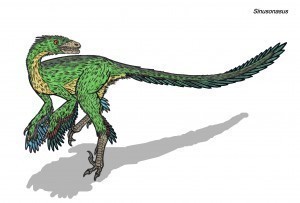
The other small dinosaur, Epidexipteryx, had a skeleton measuring a length of 10 inches (25 cm), or 17.5 in (44.5 cm) if the incomplete tail feathers are included. Its weight is estimated to be 164 grams. Discovered in Inner Mongolia’s Daohugou Beds, it dates back from around 152 to 168 million years ago, from either the Middle or Upper Jurassic period. Its name means “display feather,” and is also known as Epidexipteryx hui or “Hu’s display feather,” as well as Hushi Yaolong or “Hu Yaoming’s Dragon.” These names were in commemoration of the paleomammologist Hu Yaoming. As the names indicate, this small dinosaur is noted for the four long tail feathers on its well-preserved partially-skeletal fossil. Unlike Anchiornis, it does not have wings, and it has been suggested that it may have evolved from winged ancestors that could fly, its tail feathers being a carry-over from its flying predecessors.
As for the herbivorous dinosaurs, the smallest of these include Microceratus and Wannanosaurus, which both measured 2 ft (60 cm) in length. Existing in Asia during the Cretaceous period, Microceratus, which means “small-horned,” is actually one of the first horned dinosaurs (Ceratopsians), and is thus related to the Triceratops. Wannanosaurus lived around 80 million years ago and is a basal pachycephalosaurian, which were bipedal herbivorous or omnivorous animals known for their thick skulls.

